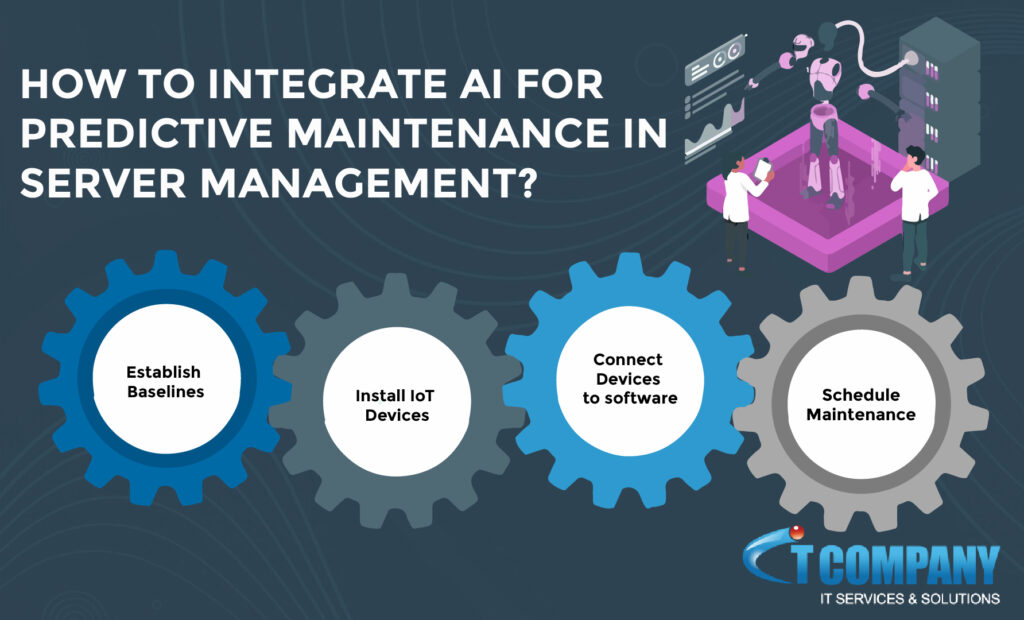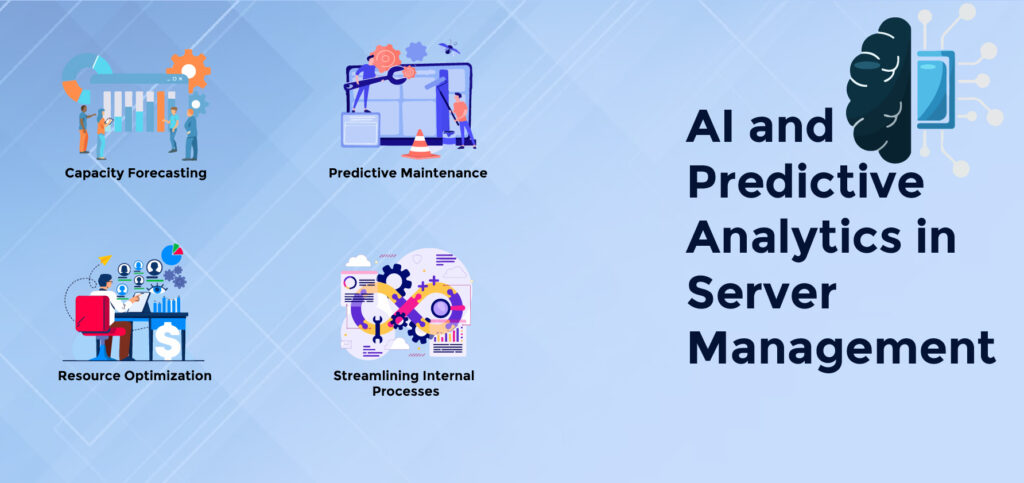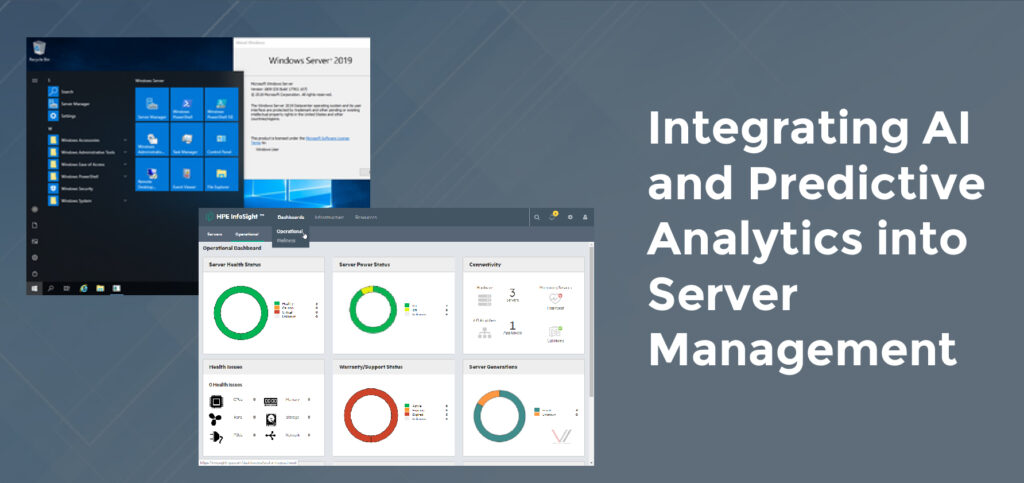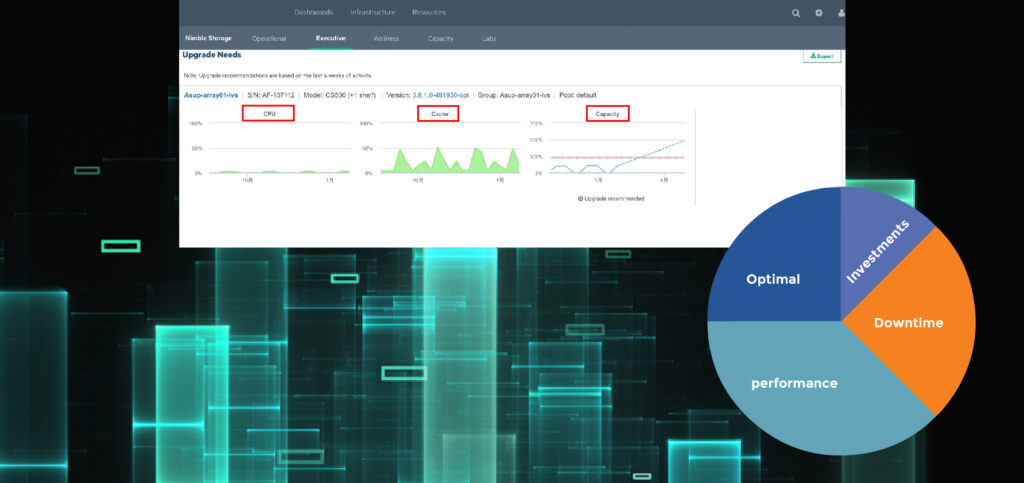
Server management is a critical aspect of any organization’s IT infrastructure. In today’s fast-paced digital world, the ability to predict server issues is crucial for maintaining uptime and reducing operational expenses. This is where the integration of artificial intelligence (AI) and predictive analytics can play a significant role. In this article, we will explore how AI can be leveraged for predictive maintenance in Server management, and how it can revolutionize the way organizations monitor and optimize their server infrastructure.
Table of Contents
ToggleWhat is Artificial Intelligence (AI) and Predictive Analytics?

Artificial Intelligence is a branch of computer science that focuses on creating intelligent machines capable of performing tasks that typically require human intelligence. AI enables machines to learn, reason, and make decisions, amplifying human capabilities.
On the other hand, predictive analytics is a statistical modeling technique that utilizes historical data to forecast future events or behaviors. By analyzing patterns and trends in the data, predictive analytics can provide valuable insights into likely outcomes, enabling organizations to make informed decisions and take proactive measures.
AI and Predictive Analytics in Server Management

The integration of AI and predictive analytics in Server management brings numerous benefits to organizations. By leveraging these technologies, businesses can gain valuable insights into their server infrastructure’s performance trends, predict and prevent potential issues, optimize resource allocation, and streamline internal processes. Let’s explore some of the key ways AI and predictive analytics can be applied in server management.
1. Capacity Forecasting
One of the critical aspects of Server management is capacity planning. By utilizing predictive analytics, organizations can forecast future resource requirements for compute, networking, and storage. This allows businesses to allocate resources efficiently, ensure optimal performance, and reduce unnecessary costs.
AI-powered tools, such as System Insights in Windows Server, can analyze historical server data and provide accurate predictions. These predictions enable organizations to plan for future growth, identify potential bottlenecks, and proactively address capacity issues.
2. Predictive Maintenance
Predictive maintenance is a game-changer in Server management. By leveraging AI and predictive analytics, organizations can detect and address potential server issues before they escalate into major problems. This approach minimizes downtime, optimizes server performance, and reduces the risk of critical failures.
By continuously monitoring server health and performance, InfoSight can predict and prevent problems, optimizing server maintenance and improving overall reliability.
3. Resource Optimization
Efficient resource allocation is crucial for maximizing server performance and minimizing operational expenses of different websites such as WordPress hosting. It can help organizations optimize resource usage by identifying applications or processes that consume excessive IT infrastructure resources.
With the insights provided by AI-powered server management tools, businesses can identify resource-heavy applications and take appropriate actions, such as load balancing or optimization, to ensure optimal performance and cost-effectiveness.
4. Streamlining Internal Processes
AI and predictive analytics can also streamline internal processes related to server management. By analyzing historical server data and identifying patterns, organizations can automate routine tasks, improve efficiency, and reduce manual intervention.
For example, AI-powered tools can automatically detect and resolve common server issues. Additionally, predictive analytics can help organizations identify potential security vulnerabilities or performance bottlenecks, enabling proactive measures to mitigate risks.
Integrating AI and Predictive Analytics into Server Management

Let’s talk about how businesses may incorporate AI and predictive analytics into their existing infrastructure now that we’ve looked at the many uses of AI and predictive analytics in Server management.
1. Windows Server System Insights
Windows Server introduces System Insights, a new predictive analytics feature that leverages machine learning models to analyze server system data. With System Insights, organizations can gain valuable insights into server performance trends, enabling them to control and reduce operational expenses.
System Insights provides four default capabilities: capacity forecasting, predicting future resource requirements for compute, networking, and storage. These capabilities can be managed through Windows Admin Center extension, and the prediction results can be monitored using Managed Azure Cloud Monitor.

By combining machine learning and predictive analytics with health and performance monitoring tools like Active Health System (AHS) and HPE Integrated Lights-Out (iLO), InfoSight for Servers takes server management to a whole new level. The AI-driven insights provided by InfoSight enable organizations to allocate resources effectively, control costs, and ensure the optimal performance of their server infrastructure.
Conclusion
Integrating AI and predictive analytics into Server management can revolutionize the way organizations monitor, optimize, and maintain their server infrastructure. By leveraging the power of AI-driven tools, businesses can gain valuable insights into server performance trends, predict and prevent issues.
As organizations continue to rely on their Server management for mission-critical operations, the ability to proactively manage and maintain their servers becomes increasingly important. By embracing AI and predictive analytics, businesses can stay one step ahead, ensuring optimal performance, reducing downtime, and maximizing the value of their server investments.